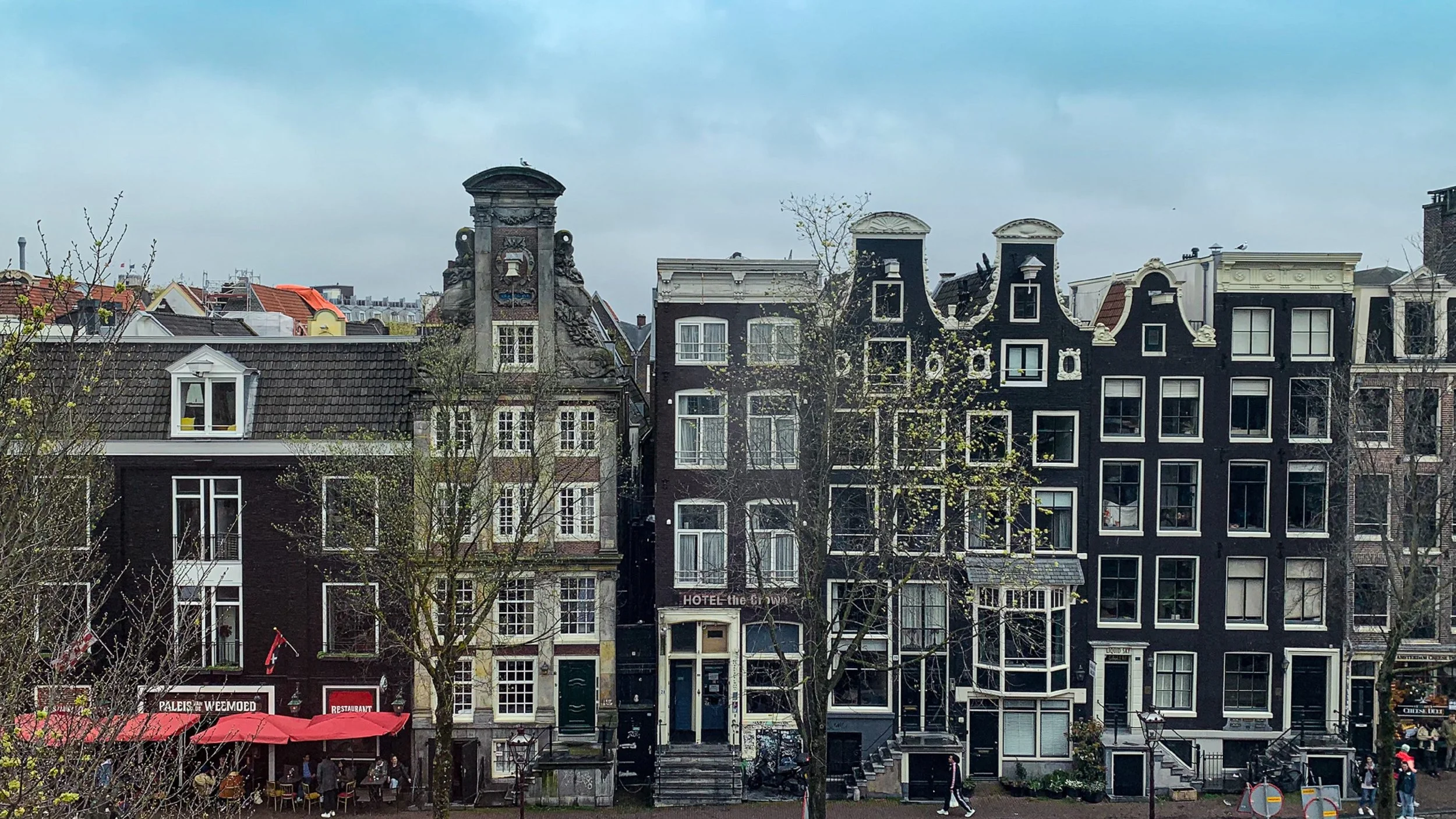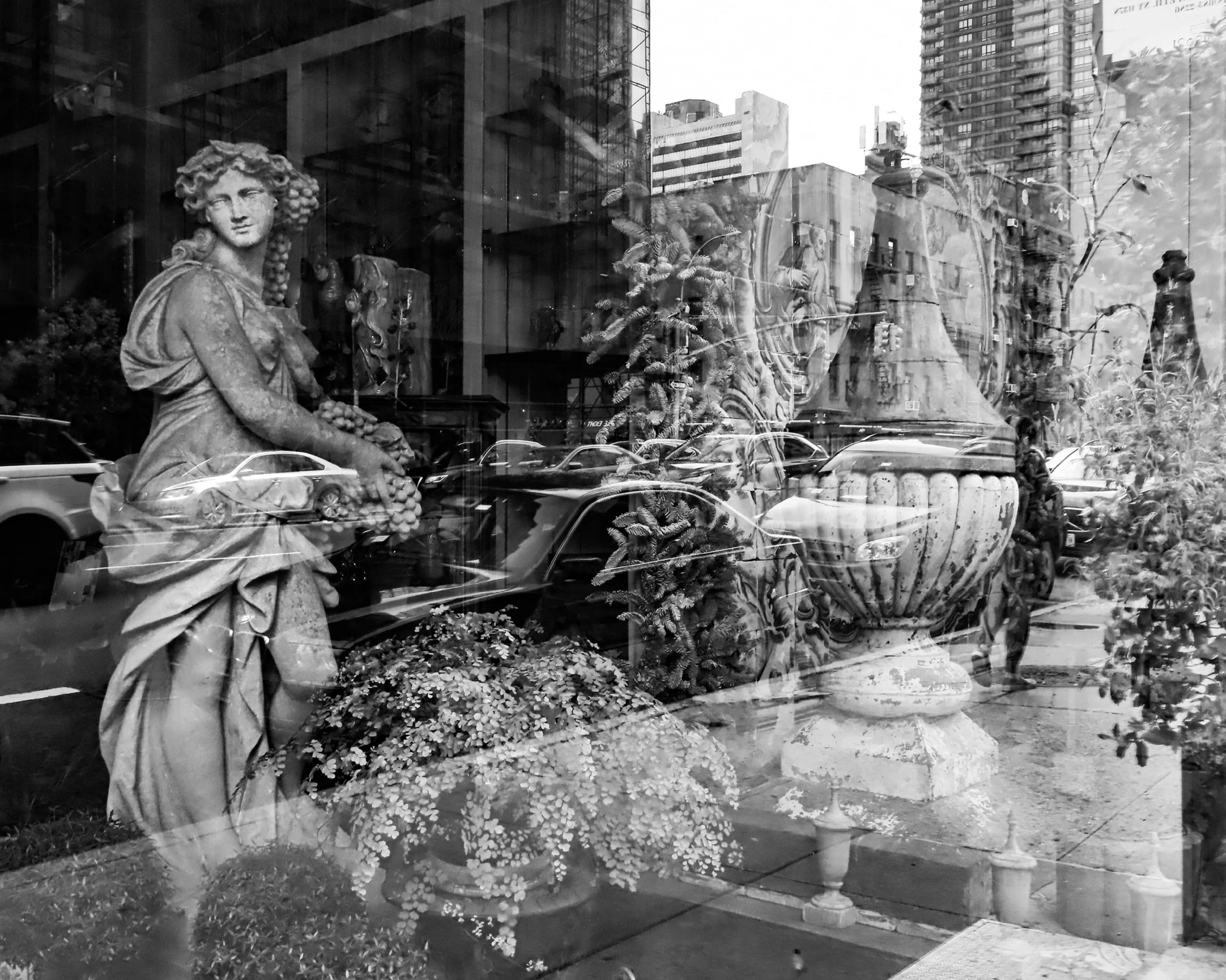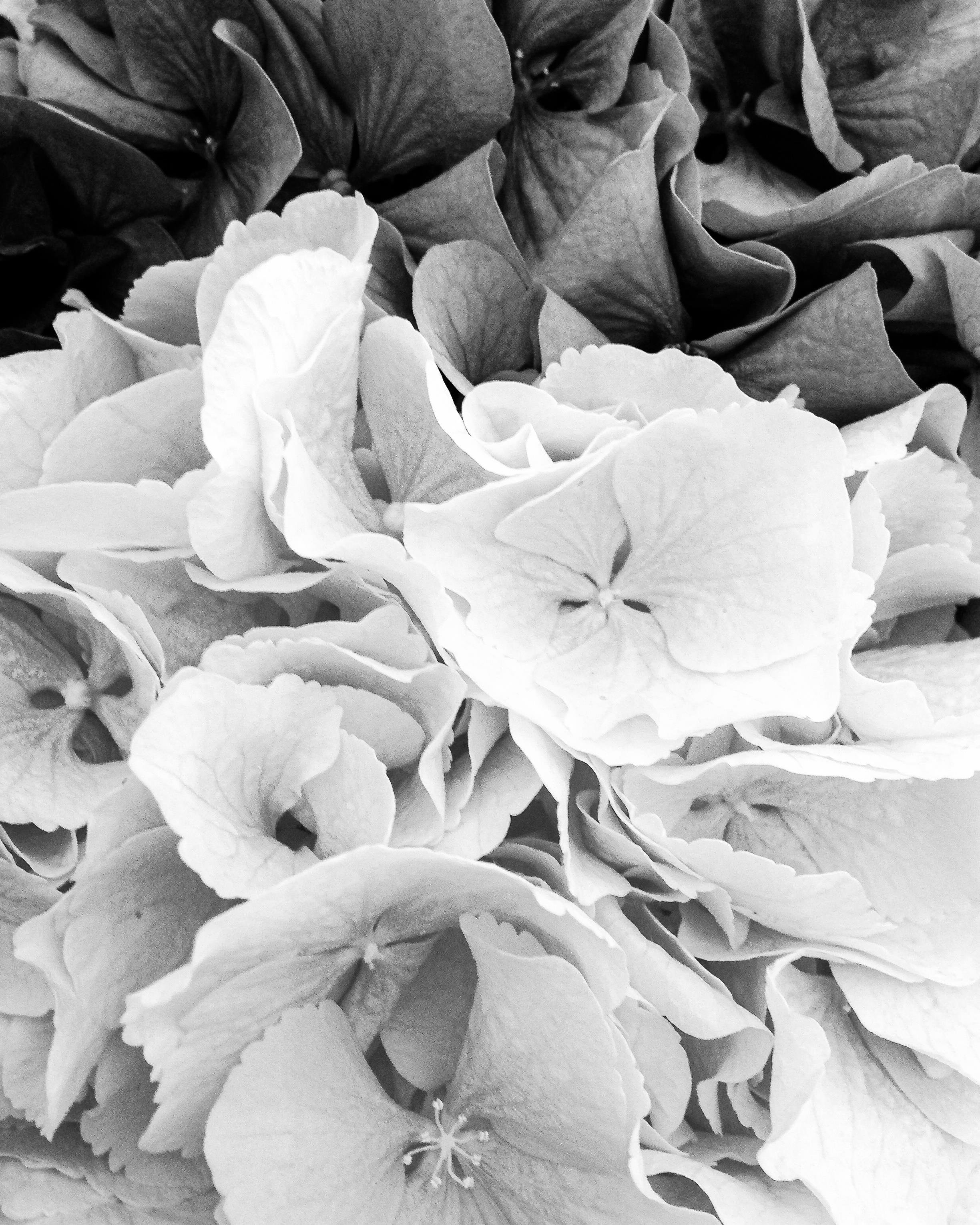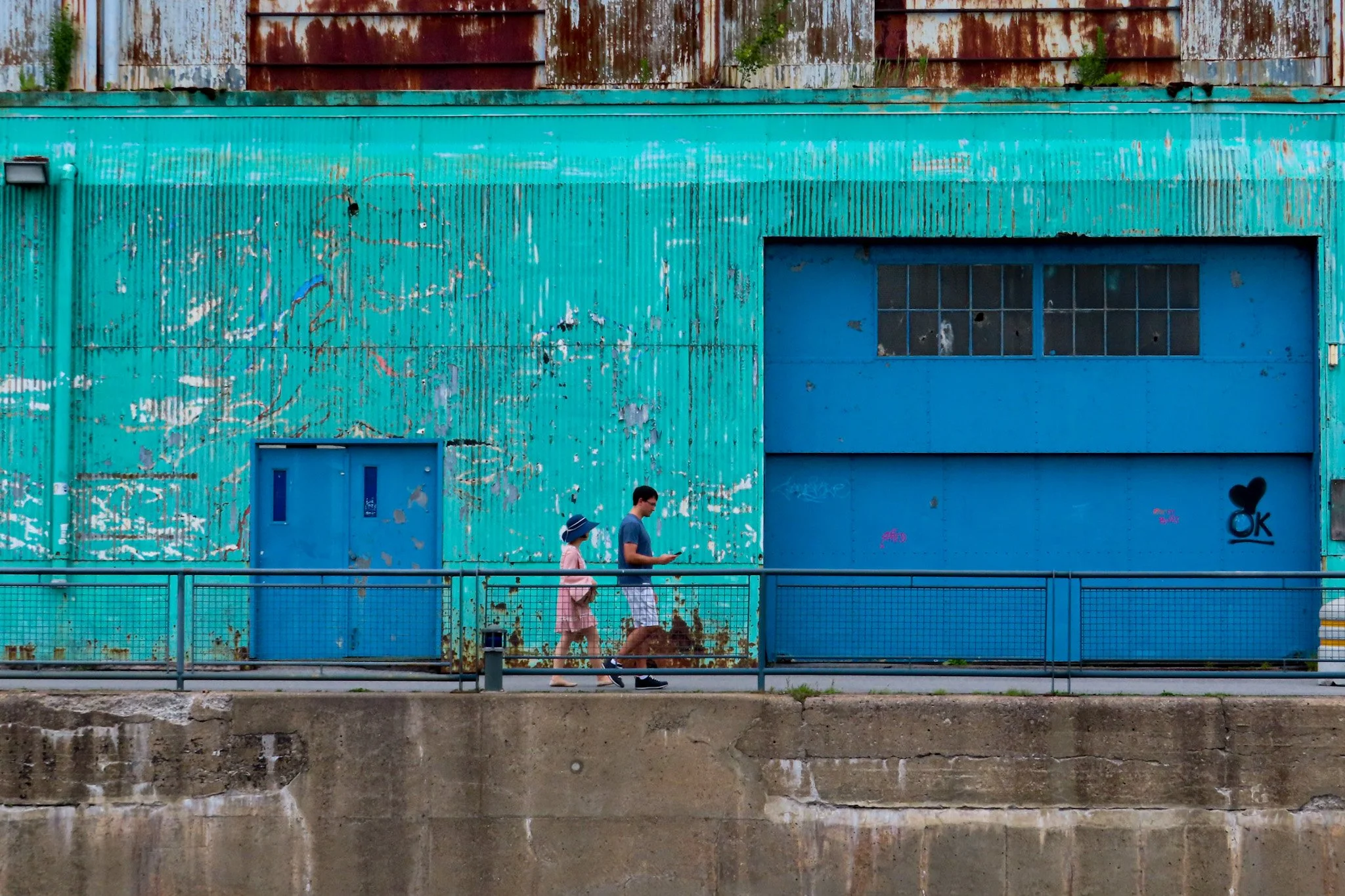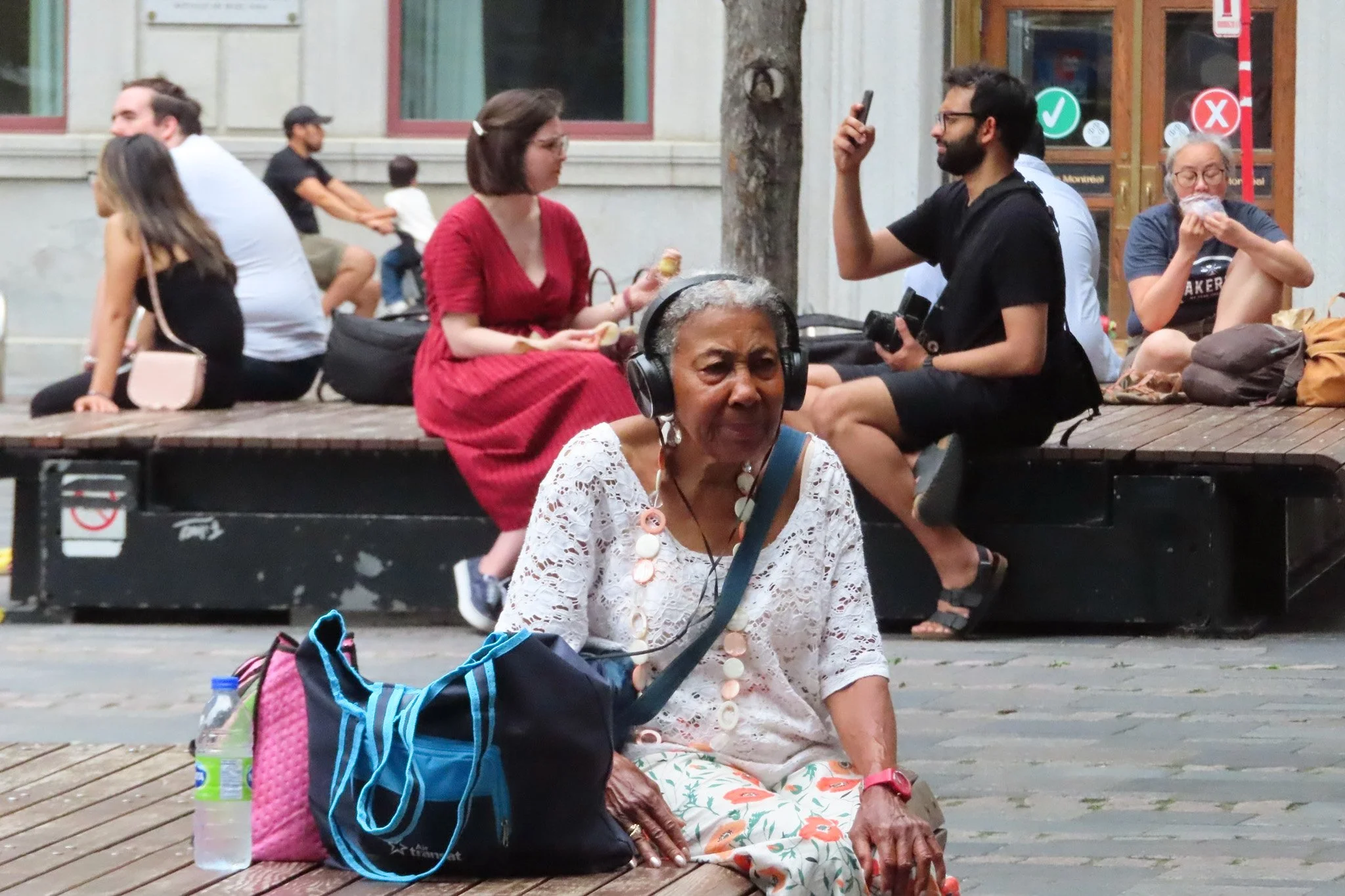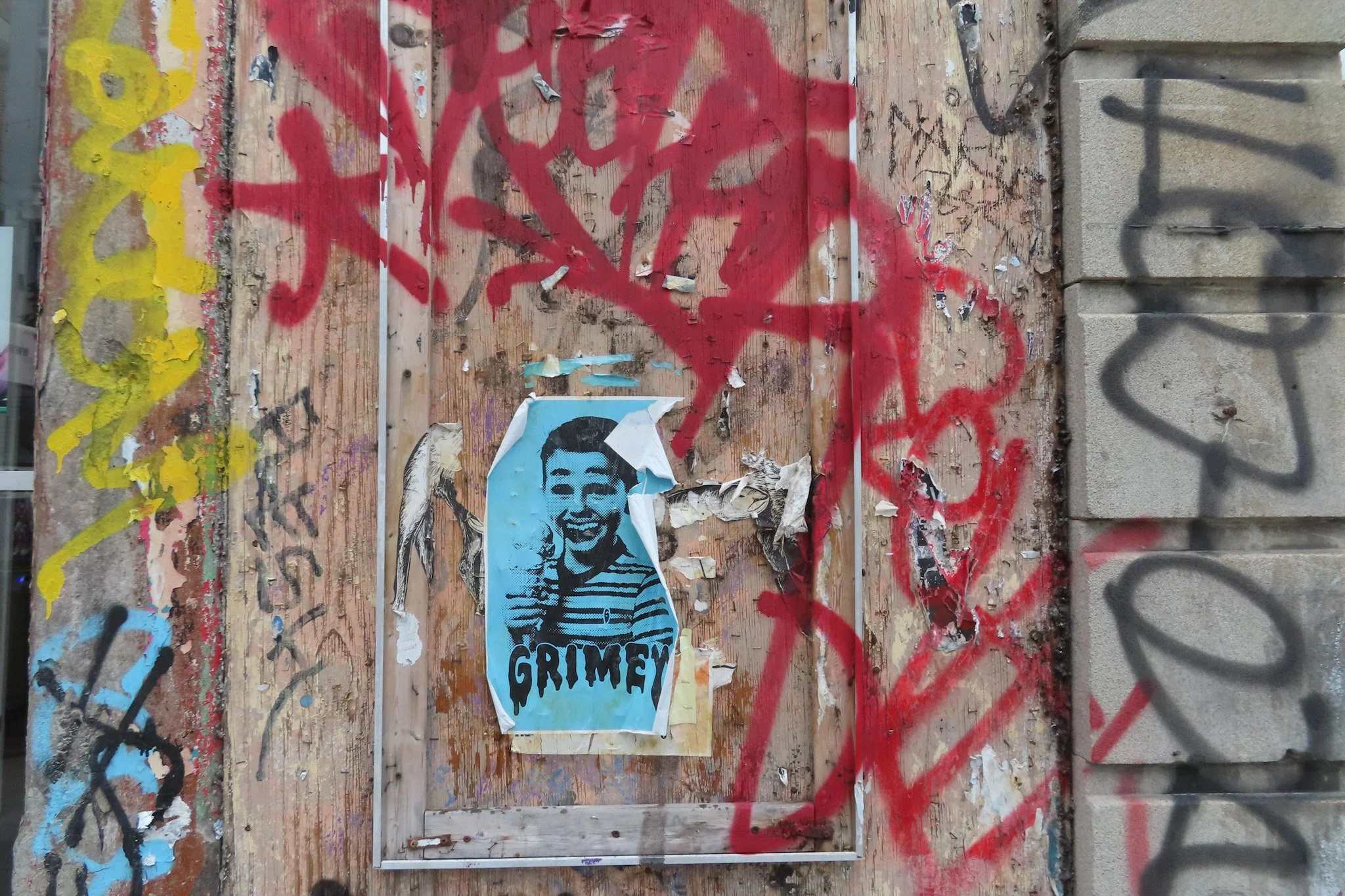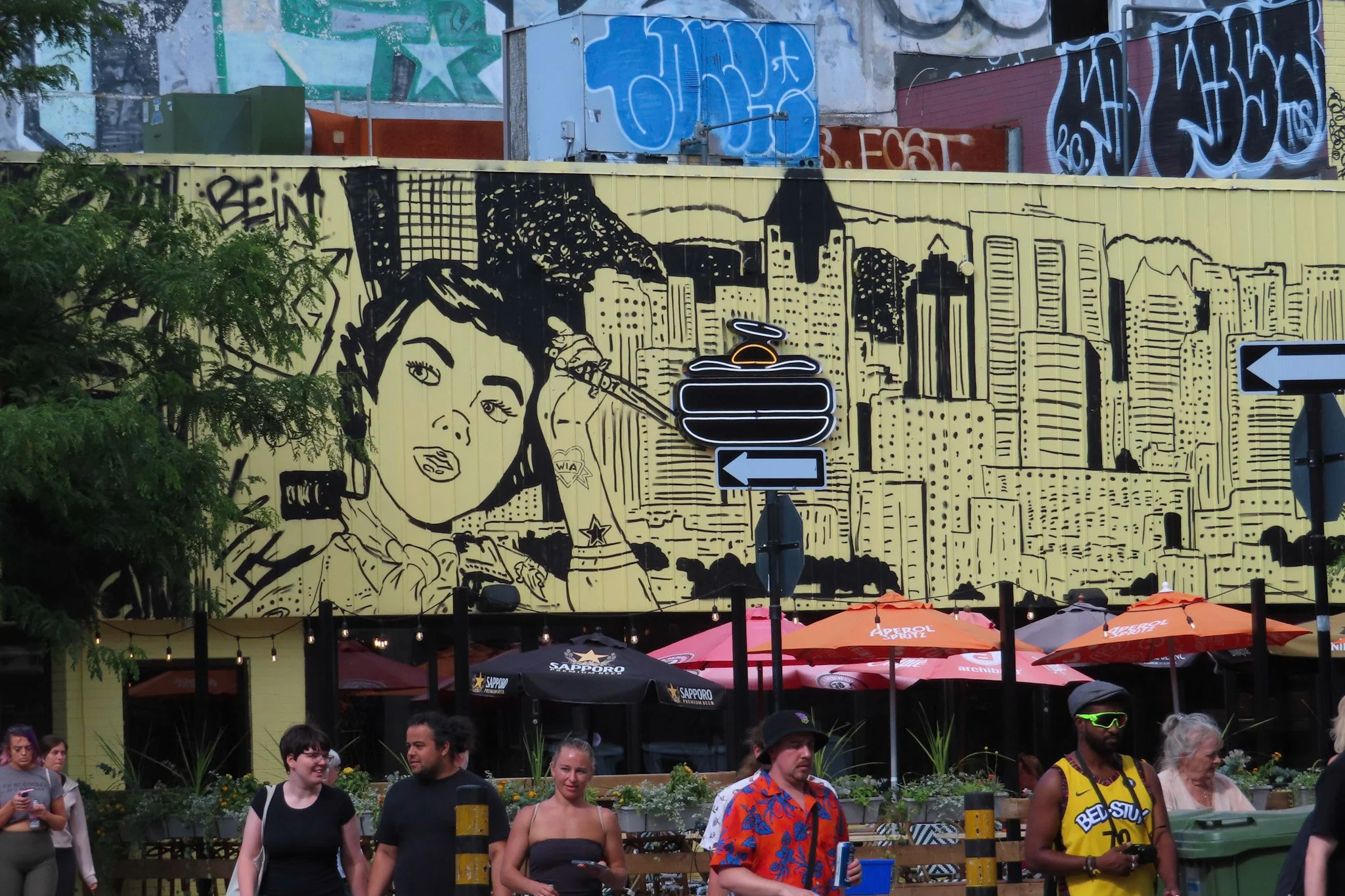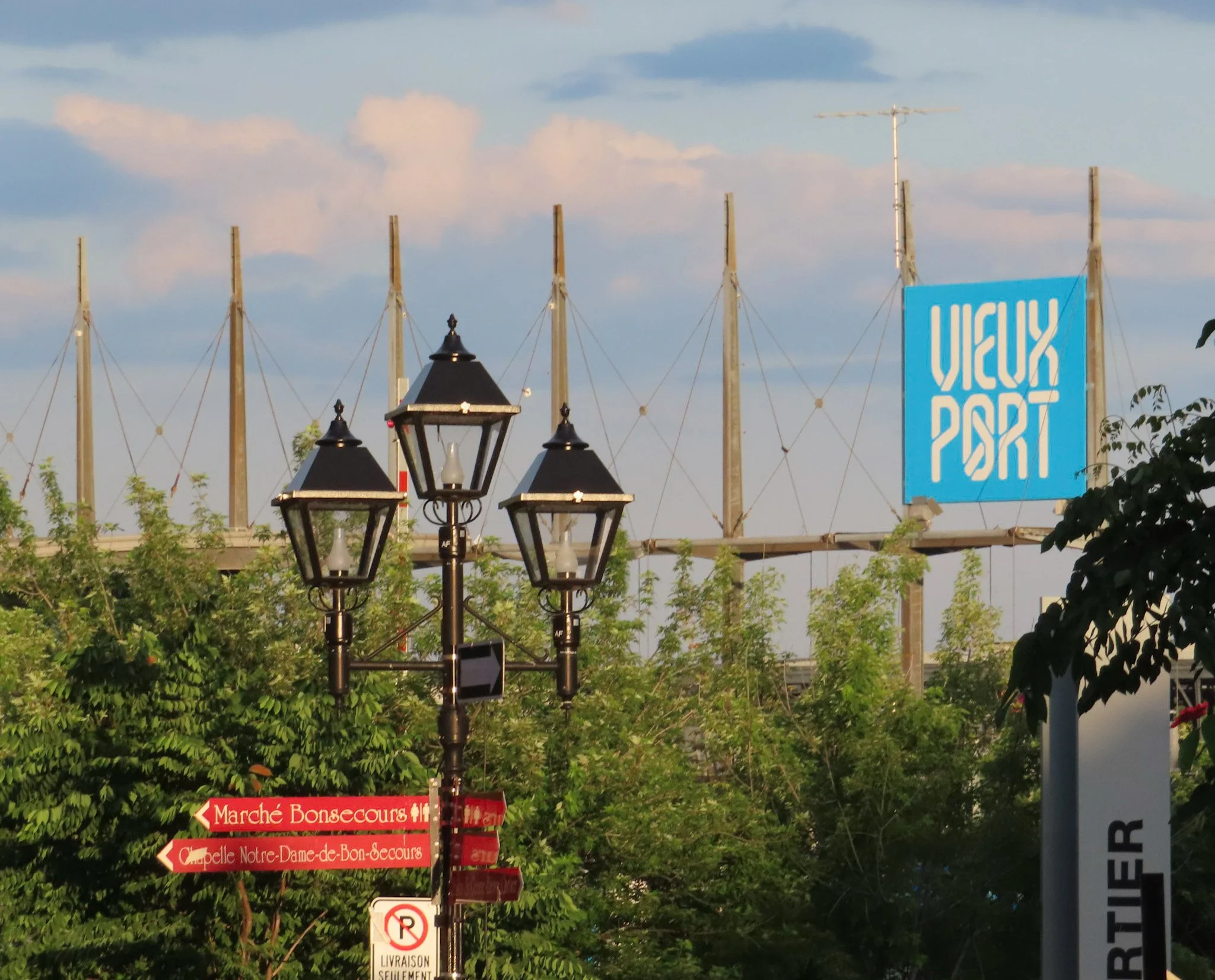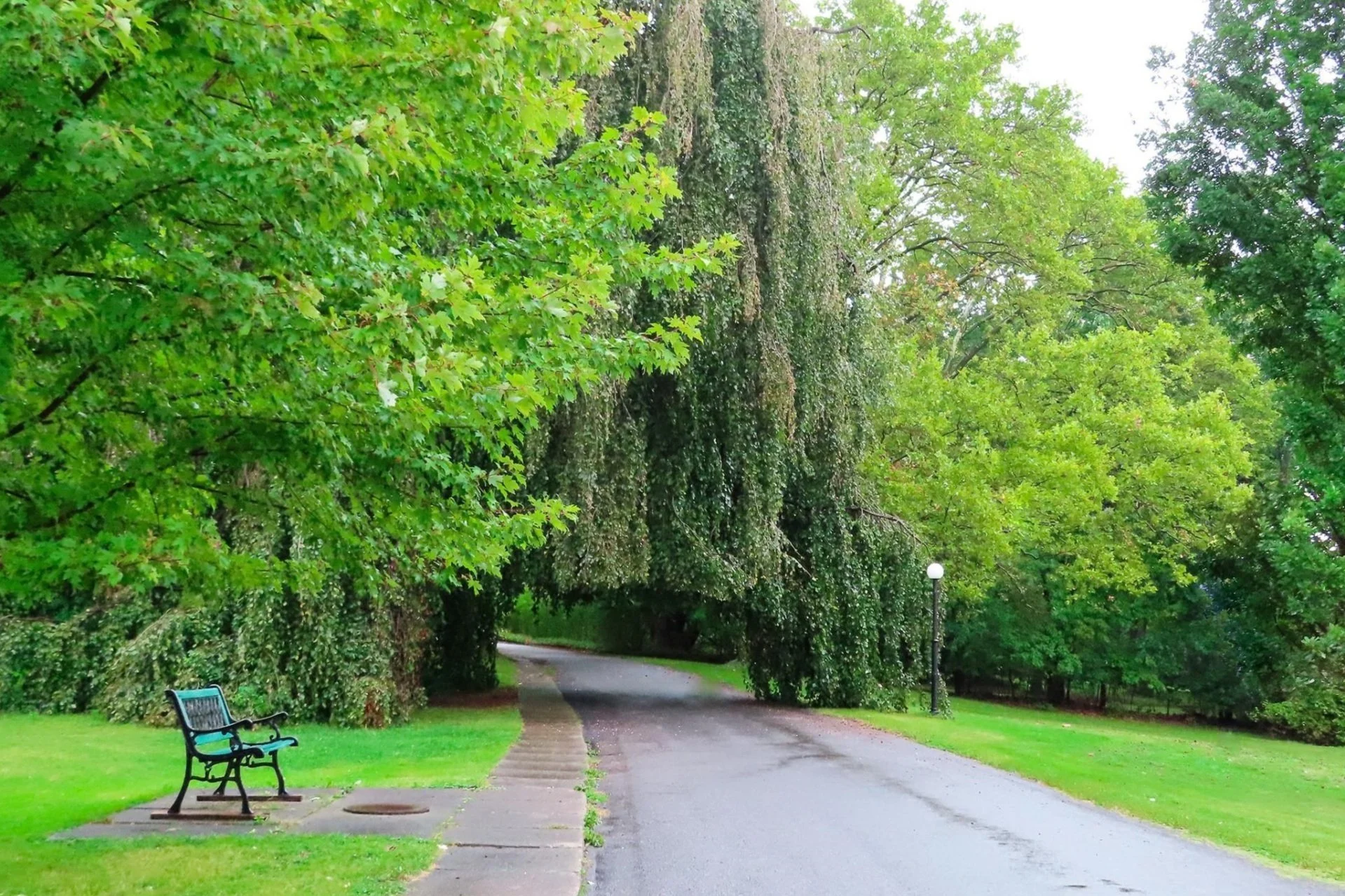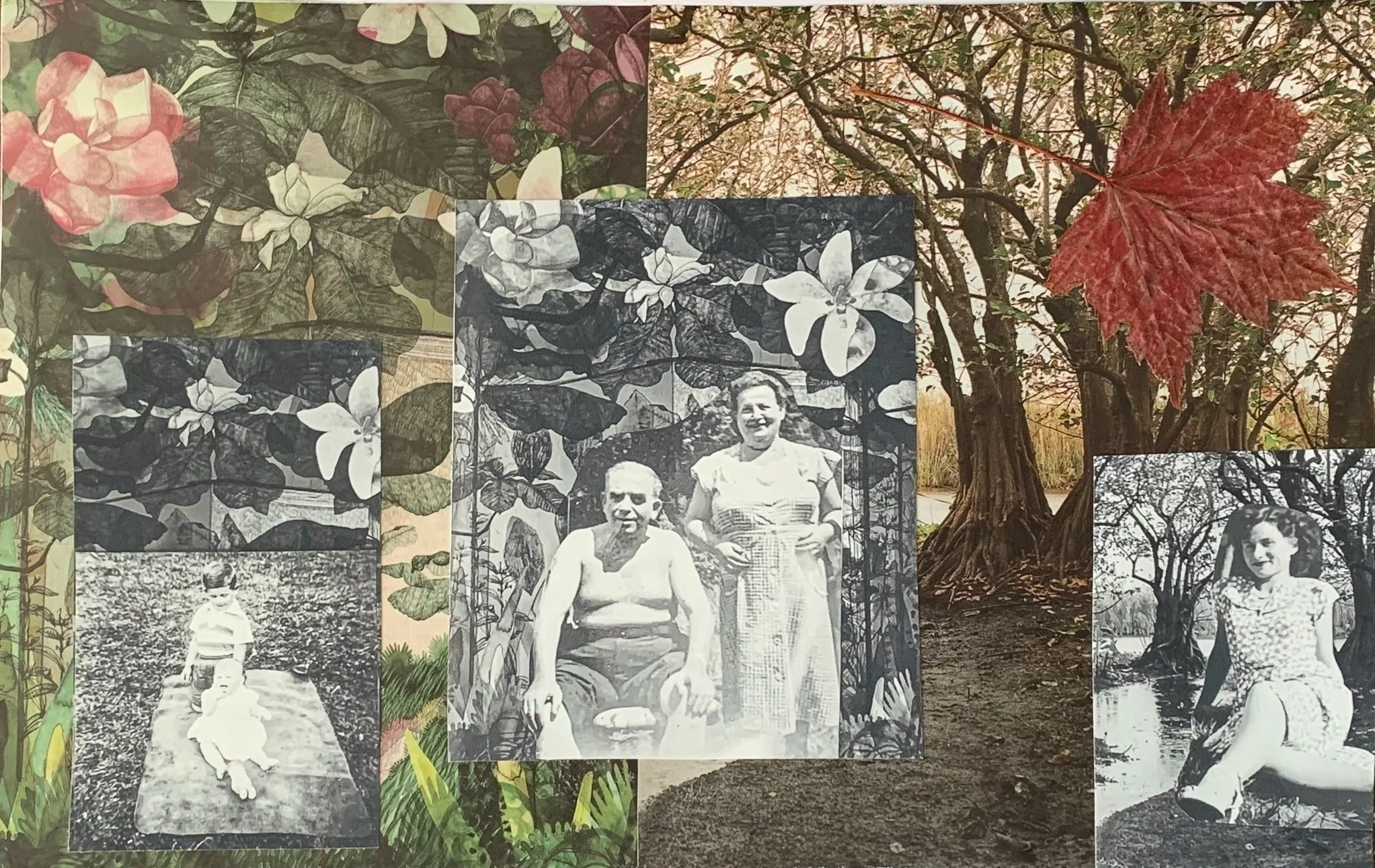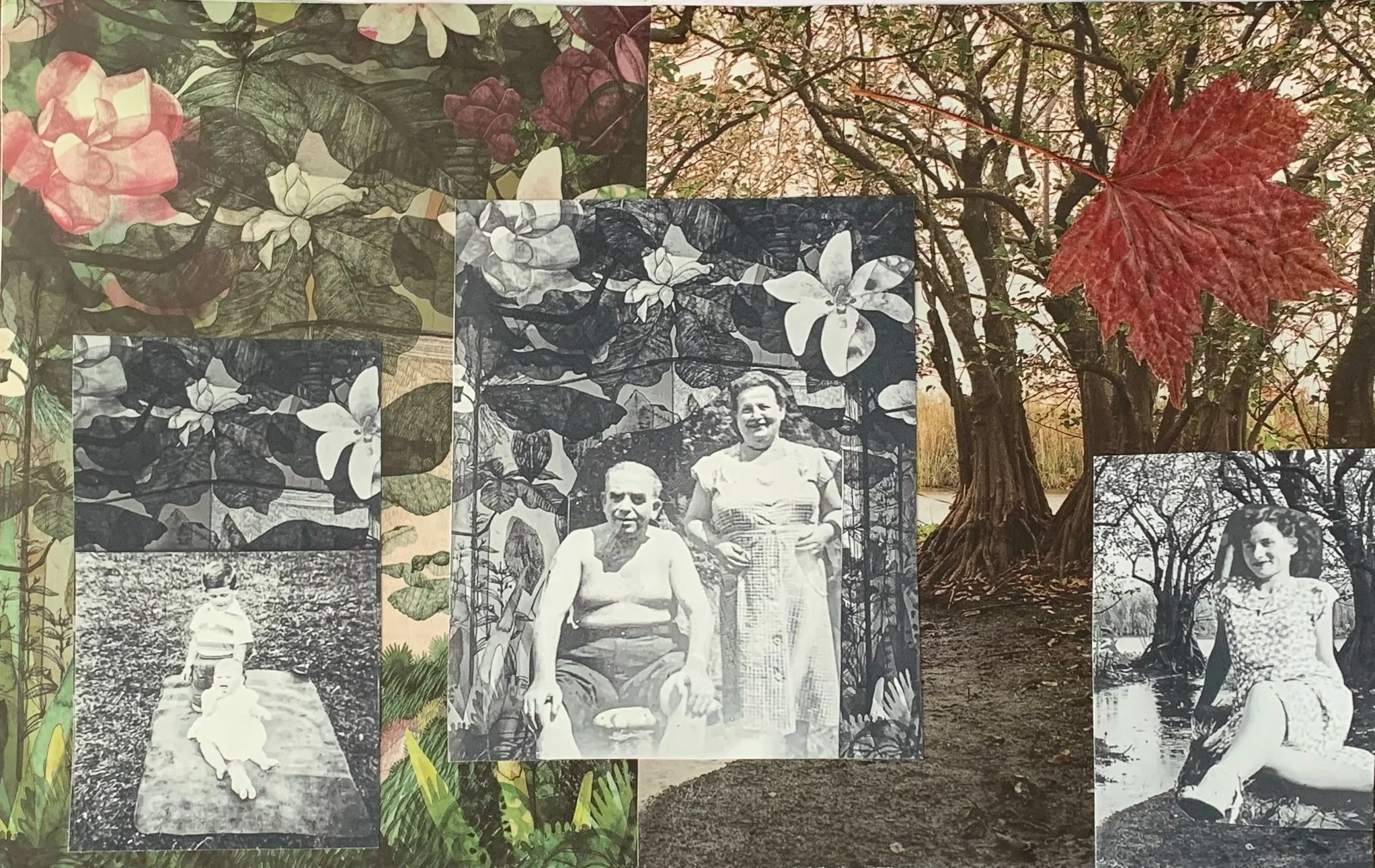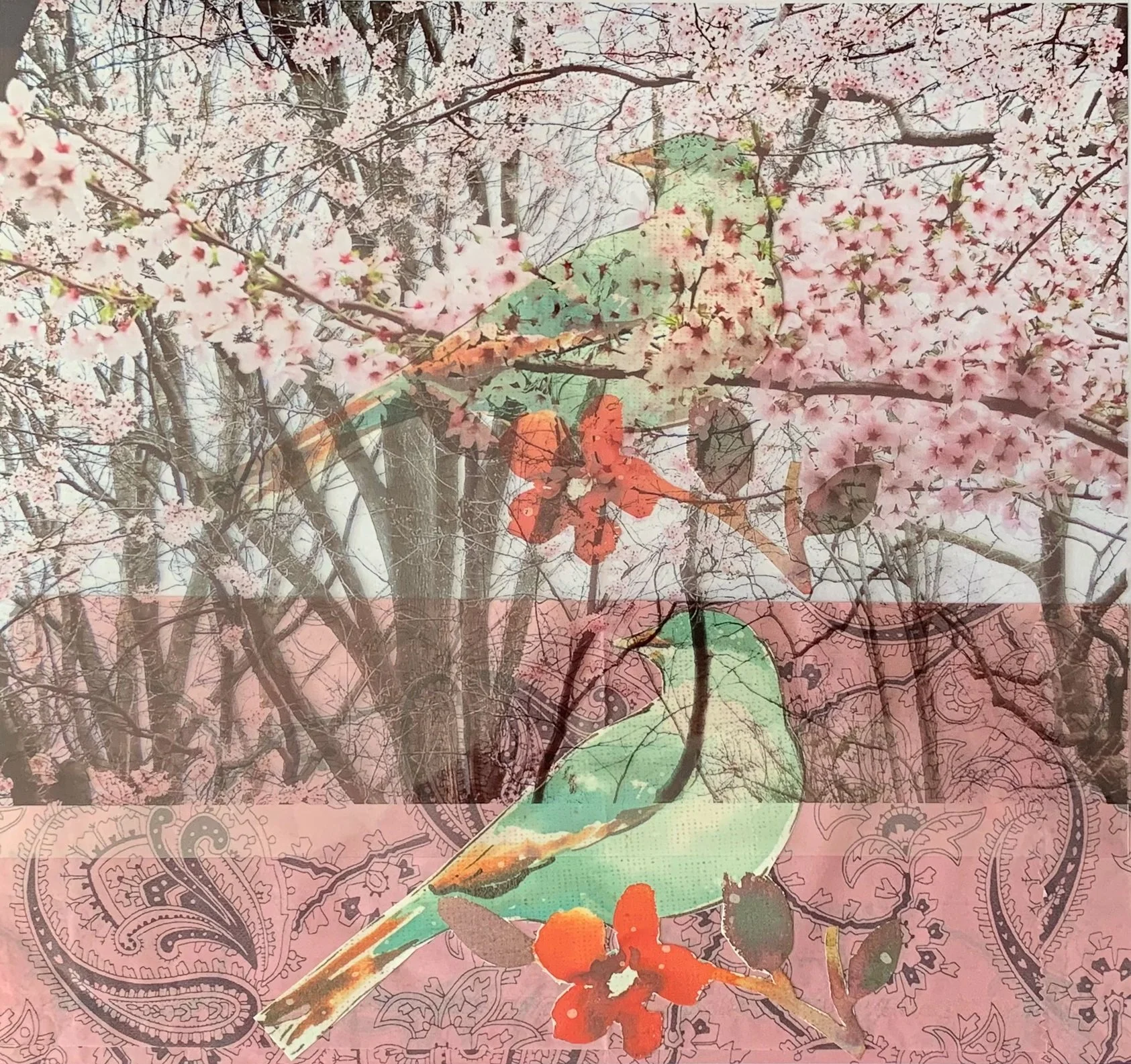Blog
Taking Flight: Springtime in Amsterdam
Overseas travel is both stressful (getting there) and abundantly exciting (being there). Packing, too much or not enough? Do I have my passport? Yes, let me check again, confirm the expiration date repeatedly. Arrive at the airport with tedious time to spare. Board the plane and remain captive for hours.
Overseas travel is both stressful (getting there) and abundantly exciting (being there). Packing, too much or not enough? Do I have my passport? Yes, let me check again, confirm the expiration date repeatedly. Arrive at the airport with tedious time to spare. Board the plane and remain captive for hours. Deciding which movie(s) to watch until touchdown in Amsterdam is a priority. My first innocuous choice is the remake of Father of the Bride with Gloria Estefan and Andy Garcia. I’m on my way.
But the anticipation of arriving in The Netherlands, especially during tulip season, eclipses the minutiae of getting there. From the moment I draw in that first European breath of air, I begin photographing everything, everywhere. Iconic canals, historic architecture, the bicycle culture, the people, the art, the food, and tulips!
Four-thousand-plus images later – after two glorious weeks in the land of windmills, freshly made stroopwafel, the (in)famous and perilously steep Dutch staircases, and so much more – I’m delighted to share a few highlights in pictures.
My visit to Amsterdam was scheduled around the brief opportunity (a span of eight weeks) to visit the Keukenhof Gardens in Lisse. This world-renowned destination for Dutch floriculture showcases seven million spring-flowering tulip bulbs throughout a magnificent sprawling landscape, curated around sculptures, ponds, wooden bridges, and more. This photo, Tulip Garden, exemplifies the beauty of that experience.
The pair of images below, Red Tulips and Tulip Beyond the Naked Eye, offers a look at the intricacies of a tulip’s silky texture and form in detail, with depth and dimensionality. Compositionally, they are inspired by Georgia O’Keefe’s floral paintings in which the renowned painter integrated photographic methods such as cropping and close-ups.
Amsterdam’s architecture is a marvel. Combined with the city’s urban culture, the following photo, Amsterdam Street, is an urban scene located along the periphery of the Red-Light District. It’s the essence of Oudezijds Voorburgwal, a central street that blends the historic charm of Dutch buildings with a tableau of modern-day activity. I shot this image to serve as a window into a world where history and contemporary life intertwine, meant to invite viewers to immerse themselves in the rich tapestry of this beloved city.
Day-tripping to Utrecht – the fourth largest city in the Netherlands – has many of Amsterdam’s attributes, although a calmer vibe. There was so much to visually capture. In the photo below, Historic Street, Utrecht, Netherlands, I chose people in the scene to add dynamism to the city’s classic atmosphere of buildings, cobblestone streets, a historic canal, and bicycles, each integral to, and characteristic of the Netherlands culture and lifestyle.
Among all that the Dutch are known for, nothing can beat the rich legacy of their master artists. The Netherlands holds many original paintings by Vincent Van Gogh, Rembrandt van Rijn, Johannes Vermeer, Pieter Bruegel the Elder, Peter Paul Rubens, Frans Hals, and others, in its plentiful art museums and galleries. But walking in an artist’s footsteps is a whole other experience.
The next image, Rembrandt’s Window, is a view from within an upper floor of the painter’s home, studio, and dealership in Amsterdam, which he occupied from 1639 to 1658. I was drawn to the iconic Dutch terracotta roof tiles on a neighboring building, tightly flanked by open, rustic wooden shutters, each sun-streaked with pops of color and shadows that create their own painterly, and somewhat abstract quality. I included the shutter, held open by an iron pole and latch, to add a functional element to the old-world Dutch architectural aesthetic.
Each of these photographs are available for sale as fine art prints – solid wood-framed/unframed, acrylic, canvas wrap, and metal, in multiple sizes, plus free shipping by clicking these text links: Tulip Garden, Red Tulips, Tulip Beyond the Naked Eye, Amsterdam Street, Historic Street, Utrecht, Netherlands, and Rembrandt’s Window. I also invite you to visit my entire Gallery.
And, I’d like to share (below) some of the candid moments and other scenes with you, that caught my eye as well.
Feel free to be in touch regarding fine art prints, or anything you’d like to ask or share (what has been your favorite travel adventure?). I would love to hear from you. Go to my Contact Page here. You can also find me on Instagram: @Sharon_Steinbach
Thanks for reading.
We can all be creators, in whatever form that takes.
Artfully yours,
Sharon
The Beauty of Black and White
Lately, I’ve been considering the timelessness of black and white photographs. Without the distraction of color, I’m drawn to the sense of drama it can create. It’s a beautiful medium in its own right, nostalgic, sometimes mysterious, and a step removed from reality.
Lately, I’ve been considering the timelessness of black and white photographs. Without the distraction of color, I’m drawn to the sense of drama it can create. It’s a beautiful medium in its own right, nostalgic, sometimes mysterious, and a step removed from reality.
Yet, it’s even more than that. Don’t get me wrong, I love color when it has a starring role, like a brilliant sunset, or a street scene with popping primary colors that can’t be ignored. But when it’s not a color aesthetic that counts, a black and white image can be more striking, engaging, moody, and breathtaking. An image void of color tends to give way to shadows, patterns, textures, and lines that only black and white can rightfully express.
With this in mind, it’s how I’ve ended the year, and started the new one -- adding to and revisiting my black and white collection. Each image is available as a fine art print in multiple sizes, framed or unframed, and free shipping.
Living in New York City, I don’t often find myself in nearby nature settings that take my breath away; that is, until recently discovering Sherwood Island State Park in Westport, Connecticut – a short drive from Manhattan.
It was a strikingly bright day over the beach and walking trail that soon evolved into a sunset sky. The shifting atmosphere, replete with exceptional shadows and light draping the wintery ocean coast, winding gravel path, and surrounding forestry, spoke to me in black and white. A figure in the distance enhances the composition as it punctuates humanity’s connection to nature no matter the season or sense of solitude.
A surprising synergy between New York City’s urban streets and the trappings of a classical garden provide a timeless reflection image captured through the glass window of a flower shop. A Romanesque statue, urn, and plant textures in the foreground against city life’s cars and skyscrapers are as if ancient and modern civilizations overlap and collide.
Black and white offers an aesthetic that creates a sense of agelessness, compelling the eye to linger on the many hidden details without the distraction of color. As a fine art photography print, its designed to entice conversation and looking more closely.
Clouds sweep the sky, making way for sunlight over the Seine, the iconic river that flows through Paris. With romantic sightseeing boats and the City's lively life along the river's edge, I intended for this image to put the viewer directly into one of the most beautiful of cities in the world. Black and white leant itself to summoning a surreal heaven above, and to highlight the lines, shadows, and beauty in classic French architecture.
Flowers are inherently beloved (and often named) for their colors – red roses, blue bonnets, lilacs, marigolds, to name a few. But when color is removed from these hydrangeas, black and white expresses a softness you can almost feel. Texture, huddled petals, detailed pistils, and shades of gray challenge realism. In macro abstraction, I aimed to have the beauty of nature come alive unlike what can be seen by the naked eye in actuality.
These four images show how I’ve been refreshing my Gallery collection, and thinking about my photography. I find the word “refresh” a perfect New Year mantra for so many things that we currently do and yet want to accomplish. It's also a great word for rethinking your environment.
Are you thinking about refreshing your home or office with fine art photography? Click on any photo title above to enlarge or purchase. Or browse my entire Gallery here. Here’s how I imagine the impact of fine art photography enhancing and enlivening any interior space.
Feel free to be in touch. I would love to hear from you. Go to my contact page here.
We can all be creators, in whatever form that takes.
Artfully yours,
Sharon
A Colorful Life
“What’s your favorite color?” A common question. Mine is purple (and its soulmate, aubergine). Colors effect everything from clothing and home interiors, to nature’s gift of seasonal landscapes and brilliant sunsets.
“What’s your favorite color?” A common question. Mine is purple (and its soulmate, aubergine). Colors effect everything from clothing and home interiors, to nature’s gift of seasonal landscapes and brilliant sunsets.
In photography and art, color is a science. Color wheels illustrate it. There’s complimentary (two colors that are on opposite sides of the color wheel), primary (red, yellow, blue), secondary (a mix of two primary colors), tertiary (a secondary color combined with a primary color), warm, cool, monochromatic, analogous, triadic, and tetradic. Whew! Circular complexity.
I focus more easily on the “psychology” of color, a science about how perception and emotional triggers work together. My hope is for viewers to feel their own emotional “color” connection to a visual subject.
In the words of French painter Fernand Leger (On Monumentality and Color, 1943), “The craving for color is a natural necessity just as for water and fire. Color is a raw material indispensable to life. At every era of his existence and his history, the human being has associated color with his joys, his actions and his pleasures.
In my “Warm Dreams” (image below), yellow has the starring role. After disassembling flowers into petals and pistils to create an original composition, then photographing it, I enabled its bold color palette to emerge. According to the “psychology” of color, yellow symbolizes hope, happiness, and positivity. Pops of green are associated with harmony, life, and renewal. Flares of orange uplifts the image further, representative of energy.
Fine art quality prints of “Warm Dreams” are available here.
Sometime the color palette choice is not as absolute as “Warm Dreams.” For example, “Birds and Petals” and “Paris Bird Market” (images below) each began with a photograph captured during a wonderful day at the Paris Bird Market in 2015. From a negative, I produced a cyanotype print (using chemicals and UV light), adding layers of living flowers. The composition is inspired by Andy Warhol’s Flower Series, although not derivative. When revisiting this piece. I had a gnawing urge to “play with” the color palette some more, which became “Paris Bird Market,” an alternative version.
Fine art quality prints of “Birds and Petals” are available here.
Fine art quality prints of “Paris Bird Market” are available here.
The same is true of “Birds in the Cherry Blossom Trees” and “Cherry Blossom Fantasy.” From my original photograph of Cherry Blossom trees, the image was printed on transparency film as a primary overlay, adding beneath it watercolor-like birds and a graphic design. Once again, I could not settle on just the original color scheme.
Fine art quality prints of “Birds in the Cherry Blossom Trees” are available here.
Fine art quality prints of “Cherry Blossom Fantasy” are available here.
The biggest takeaway (based on reactions from of clients, friends, and the art community) is that individual perception determines what emotional connections arise from color and subject – different for everyone. Floral compositions have been a subject used in art for millennia. These abstracts seek to stretch that tradition with unexpected floral elements that also rely on other wonders of nature.
I am delighted that “Warm Dreams” has been selected for the curated exhibition, “Be Bold,” on display and on sale at the CFA Gallery in Glen Head, NY (70 Glen Head Road) from September 25 – November 4, 2022. The Artist Reception and Awards Presentation takes place on October 15 from 3:30-5:30 p.m. All are welcome.
We can all be creators, in whatever form that takes.
Sharon
Border Crossing
Change of scene. I was pining for it. My skittishness over pandemic concerns and reported airline nightmares screamed road trip. Instead of Europe, Montreal would be the closest “next best thing” – literally, culturally, and architecturally.
Change of scene. I was pining for it. My skittishness over pandemic concerns and reported airline nightmares screamed road trip. Instead of Europe, Montreal would be the closest “next best thing” – literally, culturally, and architecturally.
French spoken (the second largest French speaking city in the world after Paris), check! Passport required, check! Great food (the famous Montreal bagel boiled in honey water, for one thing), check! Cobblestone streets, check! Architecture dating back to the 16th century, check, check!
New and exciting street photography opportunities, YES, YES, YES!
I had no delusions about capturing that perfect and mostly illusive “decisive moment” as coined by Henri Cartier-Bresson, but as a people-watching devotee, I would certainly try. At the least, I could capture unrepeatable moments, frozen in time and place, that would endure as a personal travel diary. Here are just a few of those moments.
(click to enlarge)
Homeward bound. The return trip was largely uneventful except for the same gorgeous blue sky as when we entered Canada. As the approaching signs to the United States of America drew near, I had an inexplicable sense of home. The border guard’s questions were simple while comparing our “live” faces with the passport photos.
Peering into the back seat, he remarked: “You have a lot of water bottles in there.” Thankfully, there are no re-entry restrictions on thirst.
Au Revoir Canada.
If you’re planning a trip to Montreal or considering it, feel free to send me a message on my Contact Page. I’m happy to share highlight recommendations.
We can all be creators, in whatever form that takes.
Sharon
EVERY JOURNEY COUNTS
What would compel a New Yorker to drive from Manhattan to Long Island on a Friday summer afternoon when the city’s population has a seismic weekend shift toward the beaches, the Hamptons, and other parts out east? I had a good reason.
What would compel a New Yorker to drive from Manhattan to Long Island on a Friday summer afternoon when the city’s population has a seismic weekend shift toward the beaches, the Hamptons, and other parts out east? I had a good reason.
In what should have taken less than 90 minutes (although on this day, the GPS warned otherwise), three hours and 17 minutes later I arrived at the Islip Arts Council Gallery in Bay Shore, where the “Happy Little Trees” exhibition reception was taking place. It was exciting to see my two selected works on display in this juried show. Mingling with the art viewers and other creators is always fun as well.
I was heartened and humbled to receive wonderful feedback about each of my works. The photograph, entitled “Wherever Your Path May Lead,” is the most literal interpretation of the exhibition theme – a visually soothing landscape where a beautiful cascading tree drapes above a path that veers toward a distant unknown. Prints (framed or unframed, free shipping) are available here or through my Gallery Page.
However, my art collage, entitled “Trees and the Passage of Time” – composed of original photography, my family vintage photos, and other source materials – was a conversation starter, if not a curiosity. “I love this ‘family tree.’” “Is that your family?” “You should create these for people who want to memorialize their genealogy.” Once I expounded on my thought process, interest grew even deeper, so let me explain.
The genesis of this piece began as a metaphoric idea. Looking at old family photos, I thought about the passage of time, how quickly it goes, and the legacy of not just my past, but as a universal experience. With a tree-themed exhibition opportunity on the horizon, what emerged is a visual expression about what we inherit both ancestrally and from nature, season over season, year over year.
Back to the suggestion by exhibition-goers to accept commissions of one-of-a-kind family legacy art collages, I accept! Incorporating trees as a backdrop was a singular challenge, but there’s so many more visual concepts incorporating family images to explore. What ideas might you have? If you’d like to have a conversation about creating one for you, please email me at ShaSteinbach@gmail.com or let’s discuss through my contact page on this website.
Meanwhile, the drive home – this time heading west – was a breeze. With a small stash of single-serving car snacks in tow from the reception refreshments table, spicy queso-flavored and white cheddar Pop Corners with sides of cranberry and nut mixes were the final tastes of a perfect evening.
We can all be creators, in whatever form that takes.
Sharon
The Intersection of Photography and Collage Art
Can I repurpose my photographs into a two-dimensional visual idea? I asked myself this question when an exhibition competition, seeking mixed media works, presented an opportunity I couldn’t resist. Adding to the challenge was a broadly defined theme to incorporate trees in the concept.
Can I repurpose my photographs into a two-dimensional visual idea? I asked myself this question when an exhibition competition, seeking mixed media works, presented an opportunity I couldn’t resist. Adding to the challenge was a broadly defined theme to incorporate trees in the concept.
That’s when the decision to create collages took hold. Collage art would enable me to recontextualize images in my portfolio and give them new meaning. And so began the process of printing, cutting, assembling, gluing, and layering to give new life to my photos and other source material. During obsessive weeks of scissor precision, paper scraps strewn on all nearby surfaces, and sticky fingers, three original collage pieces took shape.
“Life in the Trees”
I have “a thing” for vintage wallpaper and therefore, I shot this illustrative image of birds and other forest creatures from the wall of a historic home. Isolating and repeating the design elements, I aimed for a tile mosaic-like interpretation, outlined by flowers and trees from my collection of landscapes.
“Trees and the Passage of Time”
Although these vintage family photos were not shot by me, I was moved to express the passage of time by visually linking multiple generations with how, as seasons pass, so does the evolution of both people and nature. I added a dried leaf, strangely enough, serendipitously found tucked into the pages of an old book.
“Cherry Blossom Trees in Bloom”
Joyful and colorful was the intension for this piece. I printed one of my photos of cherry blossom trees on transparency film in color as a primary overlay, adding beneath it, cut-out paper illustrations of watercolor-like birds and an added graphic design, both from paper bags.
This was a fun and rewarding project. You don’t have to be a photographer or artist to make a collage with meaning. This New York Times article is a great example of how anyone can easily use newspapers to create something timely, personal, and even cathartic. https://www.nytimes.com/2020/09/18/at-home/newspaper-collages.html
Taken from the French word coller, meaning to either stick together or glue, the term “collage” for collage art was born. Coined by Cubist artists Georges Braque and Pablo Picasso, they were the first pioneers of this movement.
Just recently, I learned that David Hockney, one of my favorite contemporary painters, created collage art using his photographs. In the early 1980s, Hockney began to produce photo collages—which in his early explorations within his personal photo albums he referred to as “joiners” (see images below). His collages consisted of grid-like compositions made up of polaroid photographs. He then switched to photo lab processed 35mm photographs and created collages that took on a shape of their own, creating abstract representations of the scenes he had photographed.
We can all be creators, in whatever form that takes.
Sharon



